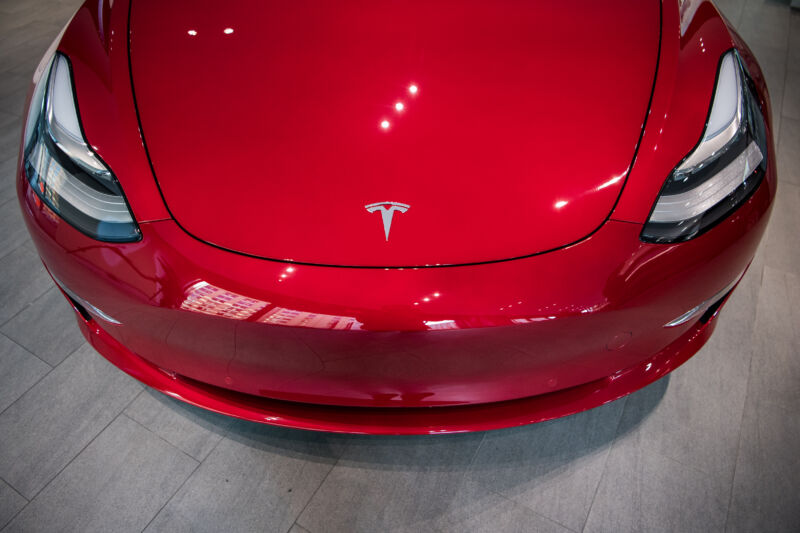
Salwan Georges/The Washington Post
Tesla raised prices last night on every model it sells. The move comes just a week after the company increased prices for its long-range battery packs by $1,000. The new increase means that the cheapest Tesla, a Model 3 with rear-wheel drive, now costs $46,990 before taxes and fees, a jump of $2,000.
CEO Elon Musk tweeted that the company is “seeing significant recent inflation pressure in raw materials and logistics.” Prices are up in several sectors of the economy, of course, though economists are debating what is driving them higher. For electric vehicles like Teslas, the main culprits today could be nickel and cobalt prices, which have shot through the roof in recent weeks, though Tesla has also made a habit of increasing prices in recent months.
Both nickel and cobalt are key elements in the lithium-ion batteries commonly used in today’s EVs. Nickel helps boost a cell’s energy density, while cobalt stabilizes the microscopic structure. Battery chemistries that use the metals are often referred to according to the proportion of metals they use. A common one is NMC, which stands for nickel, manganese, and cobalt, while Teslas often use NCA, or nickel-cobalt-aluminum. Tesla doesn’t disclose its NCA ratio, but other companies use NMC chemistries with ratios of 8-1-1, 6-2-2, or 5-3-2.
In normal times, the NCA and NMC 811 cells help keep costs down by reducing the use of cobalt, a pricey mineral that is often associated with human rights abuses. Tesla says it is researching even higher-nickel batteries that would reduce its dependence on cobalt, and if the nickel market returns to normal, that might be a smart bet.
But these are anything but normal times. Nickel prices have risen over the last few weeks as Russia became subject to sanctions following its unprovoked invasion of Ukraine. Russia mines around 9 percent of the world’s nickel—and about 16 percent of high-grade nickel—and the potential loss of supply comes at a time of rising demand thanks to a surge in electric vehicle orders.
Over the last week, a short squeeze playing off a Chinese metal company’s bear bet pushed nickel prices dramatically higher, prompting the London Metals Exchange (LME) to halt trading for several days. The moves have disrupted the global market, with nickel now trading in Shanghai at just under $40,000 per metric ton. That’s less than on the LME but still about double what nickel went for at the start of the year.
Cobalt prices on the LME are also up about 20 percent this year to over $80,000 per metric ton, nearly triple what they were a year and a half ago. While there’s currently no short squeeze on cobalt, the market for the metal is highly concentrated. The majority of raw ore comes from the Democratic Republic of Congo, and about two-thirds of the world’s cobalt refining happens in China.
When nickel prices drop—and they probably will, given that the LME’s sudden spike appears to be the result of risky bets rather than a correspondingly large increase in demand—the automaker could also use the high-nickel batteries to pad its margins. There’s some debate among economists about what’s driving inflation, and while some think stimulus or pandemic-related labor problems might be to blame, others point to the fact that corporate profits have risen significantly in the last couple of years. (As with many things, the reality may be somewhere in the middle.)
While Tesla doesn’t disclose its pricing strategy, the company has made a habit of raising prices on its sedans and crossovers as its order backlog continues to stretch months into the future.
In addition to hitting the least expensive Model 3, the most recent increase drove up the base price of a Model Y by $2,000 to $62,990. The high end of the range saw even steeper increases, with the base Model S up $5,000 to $99,990 and the base Model X up $10,000 to $114,990.
